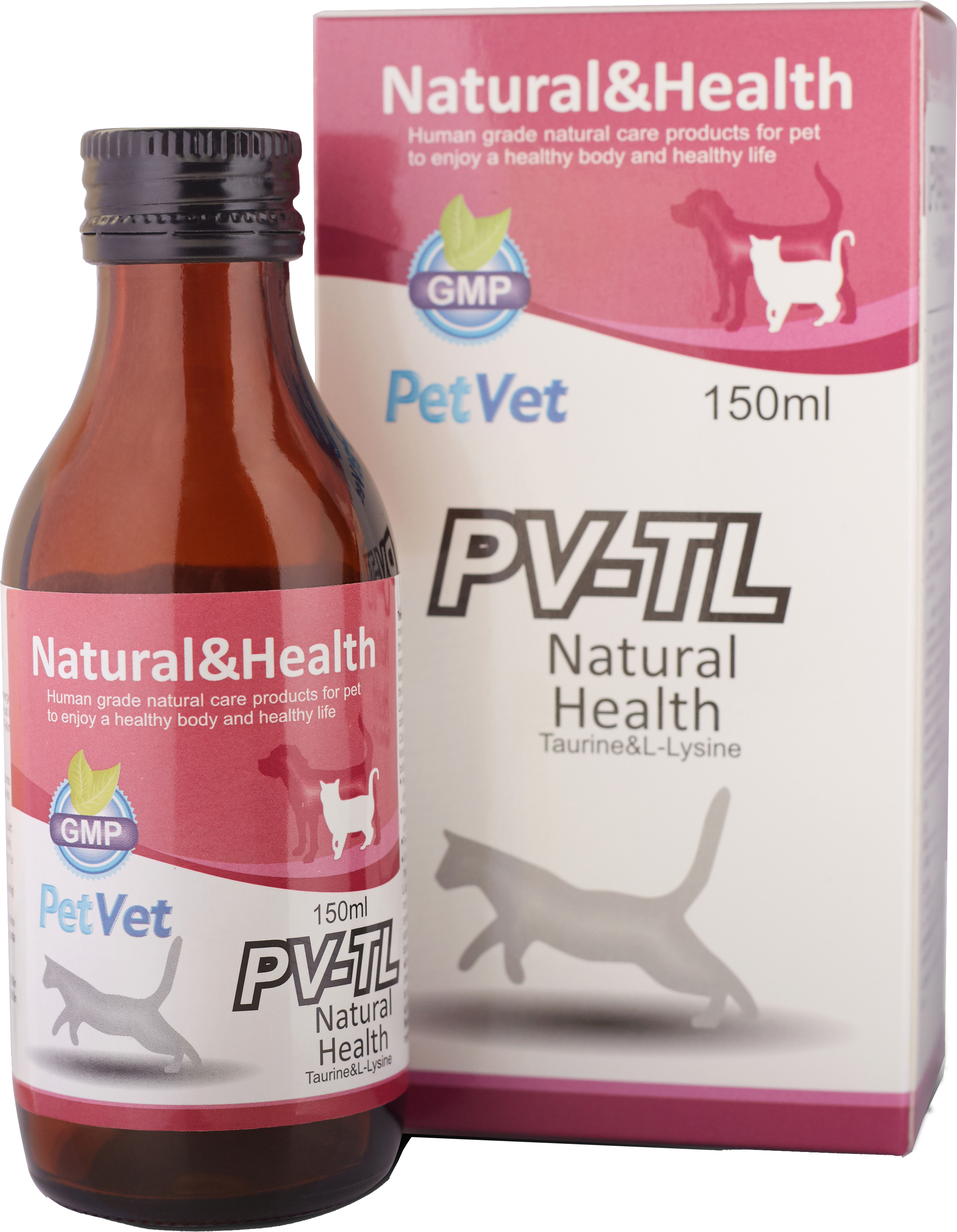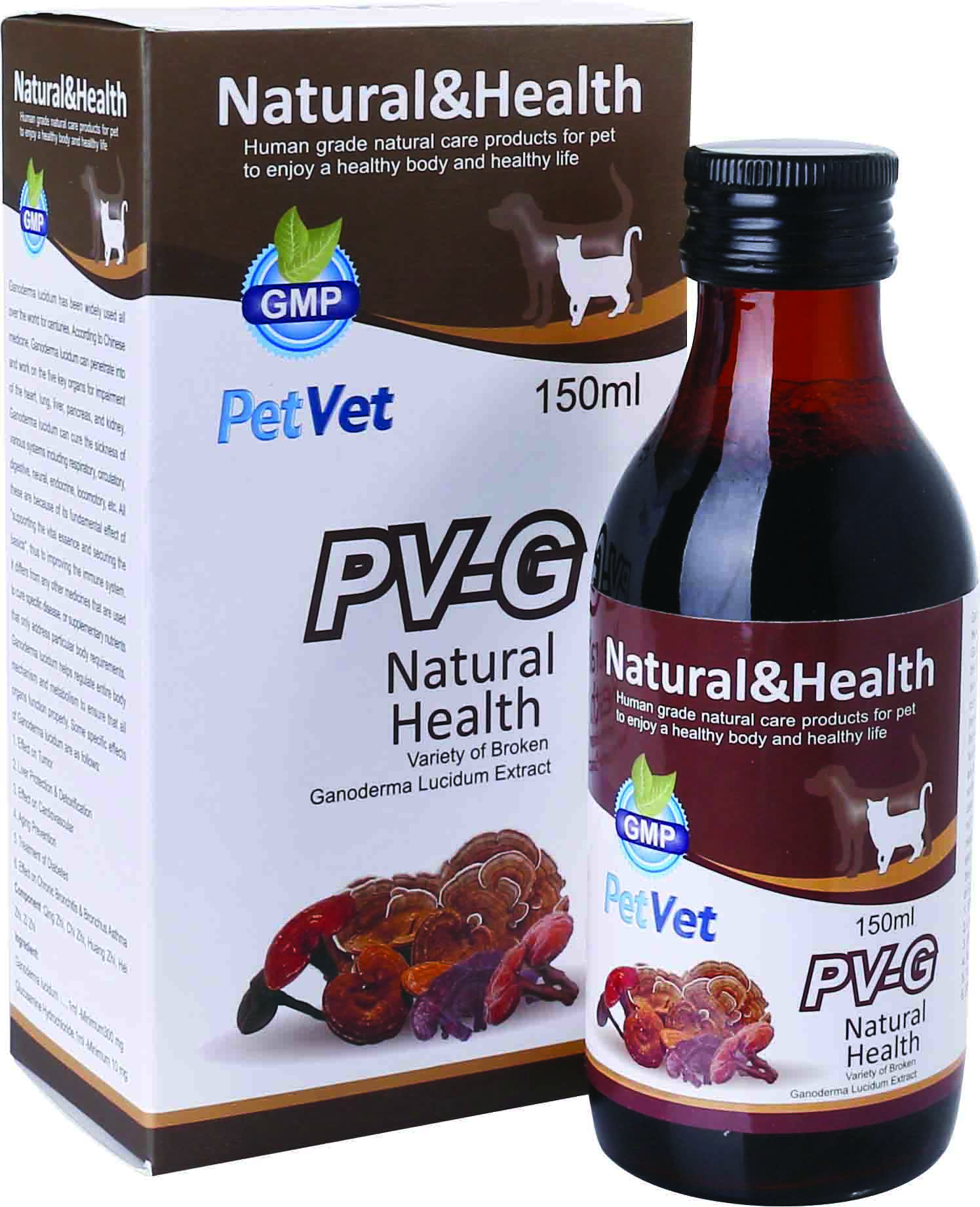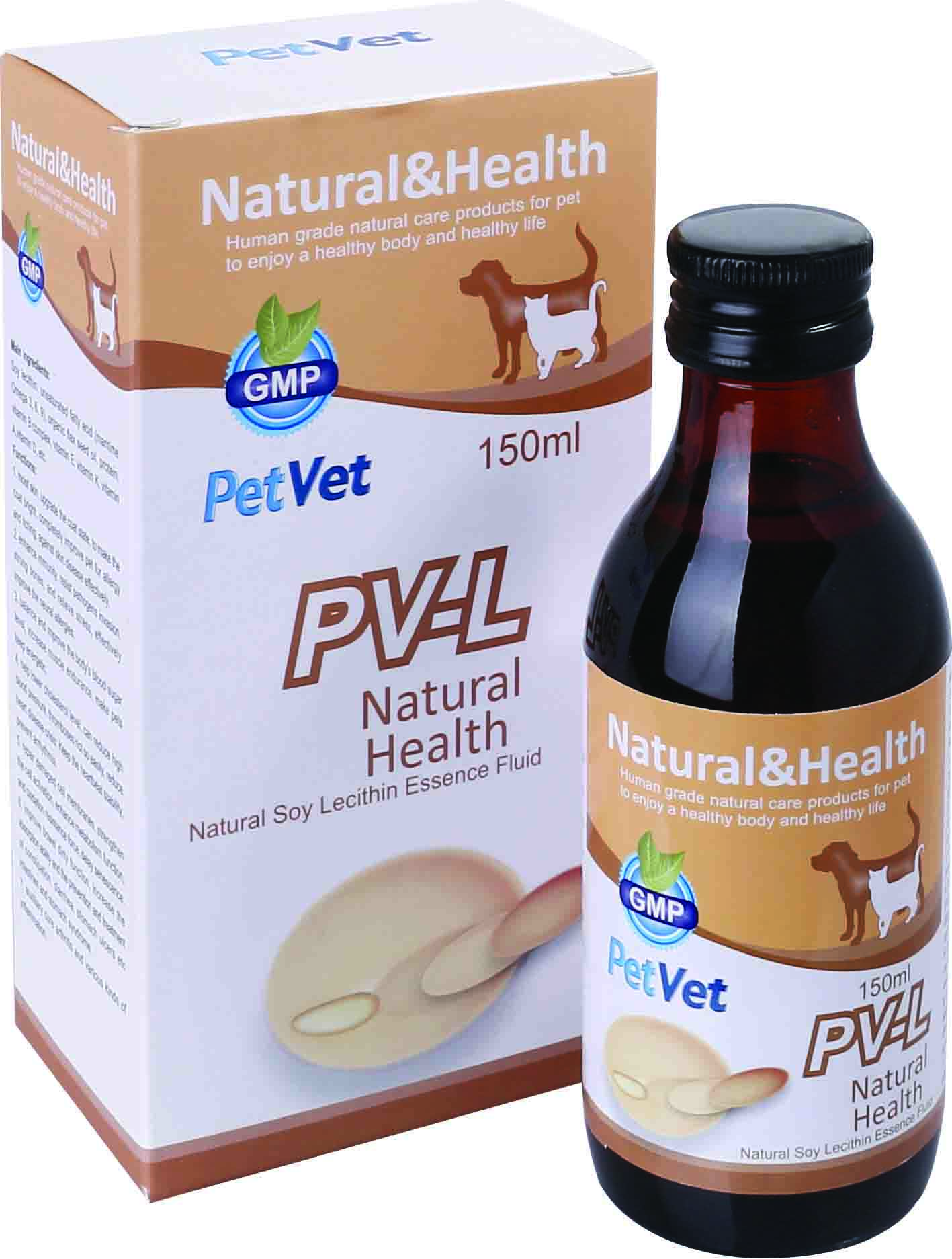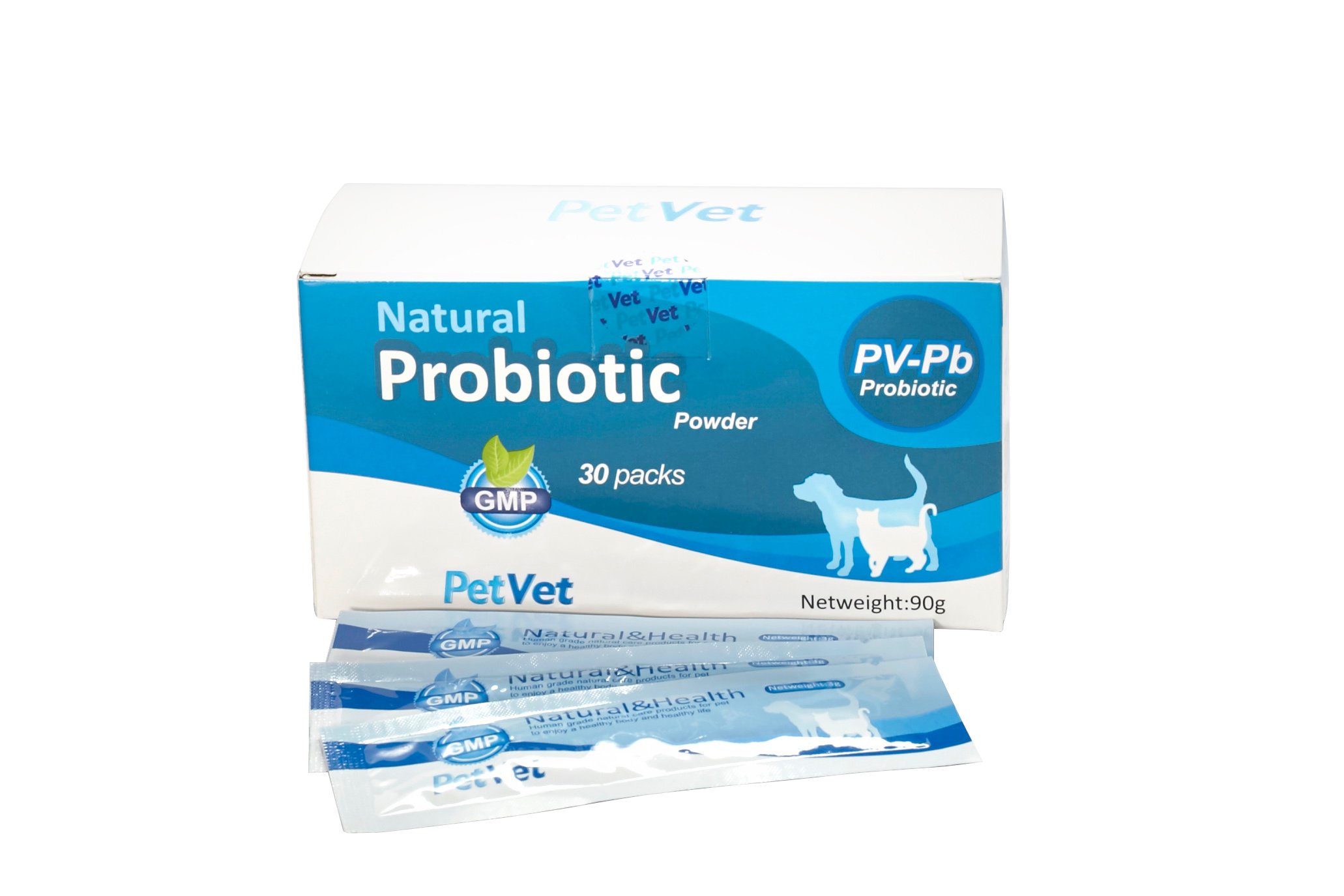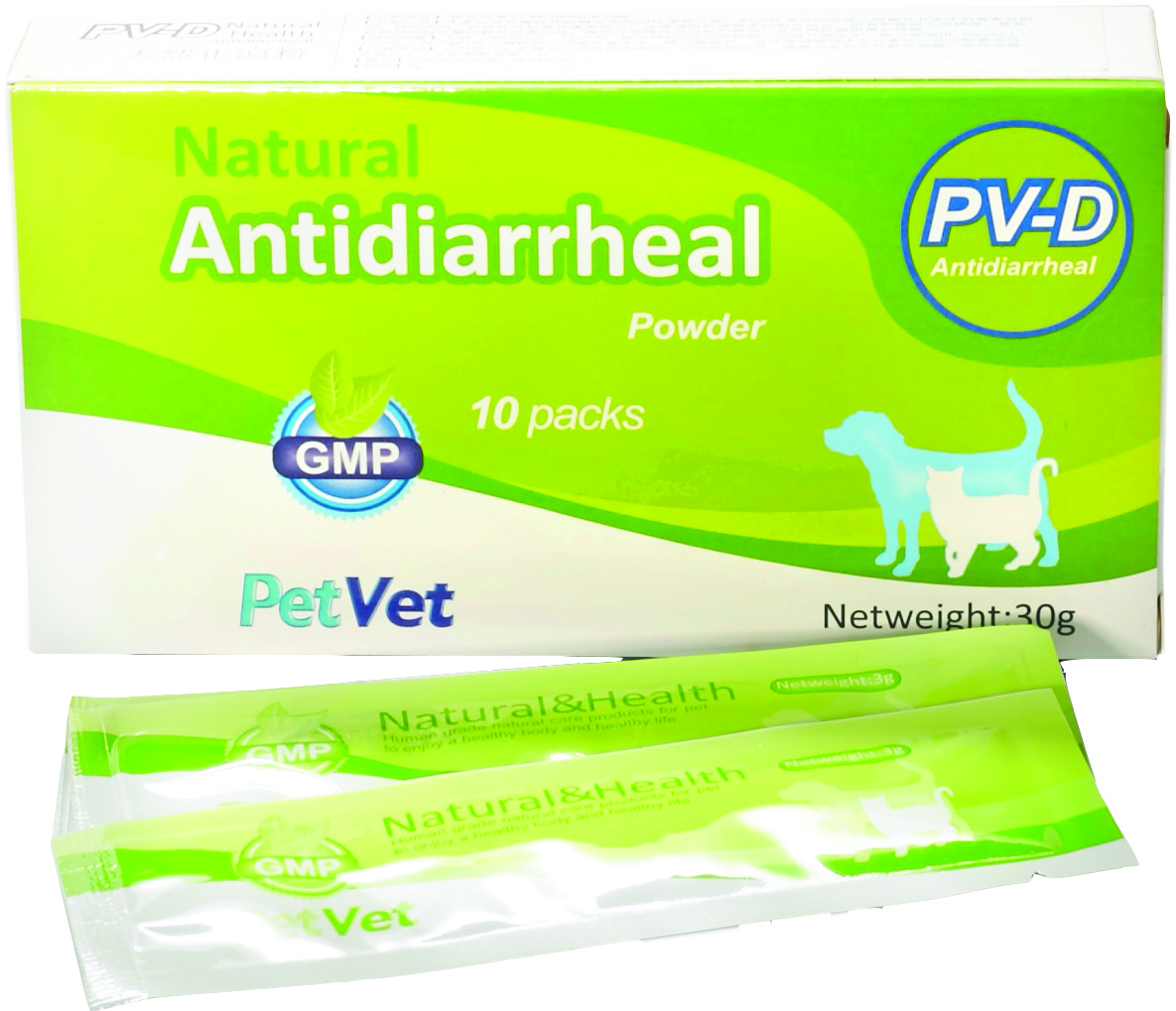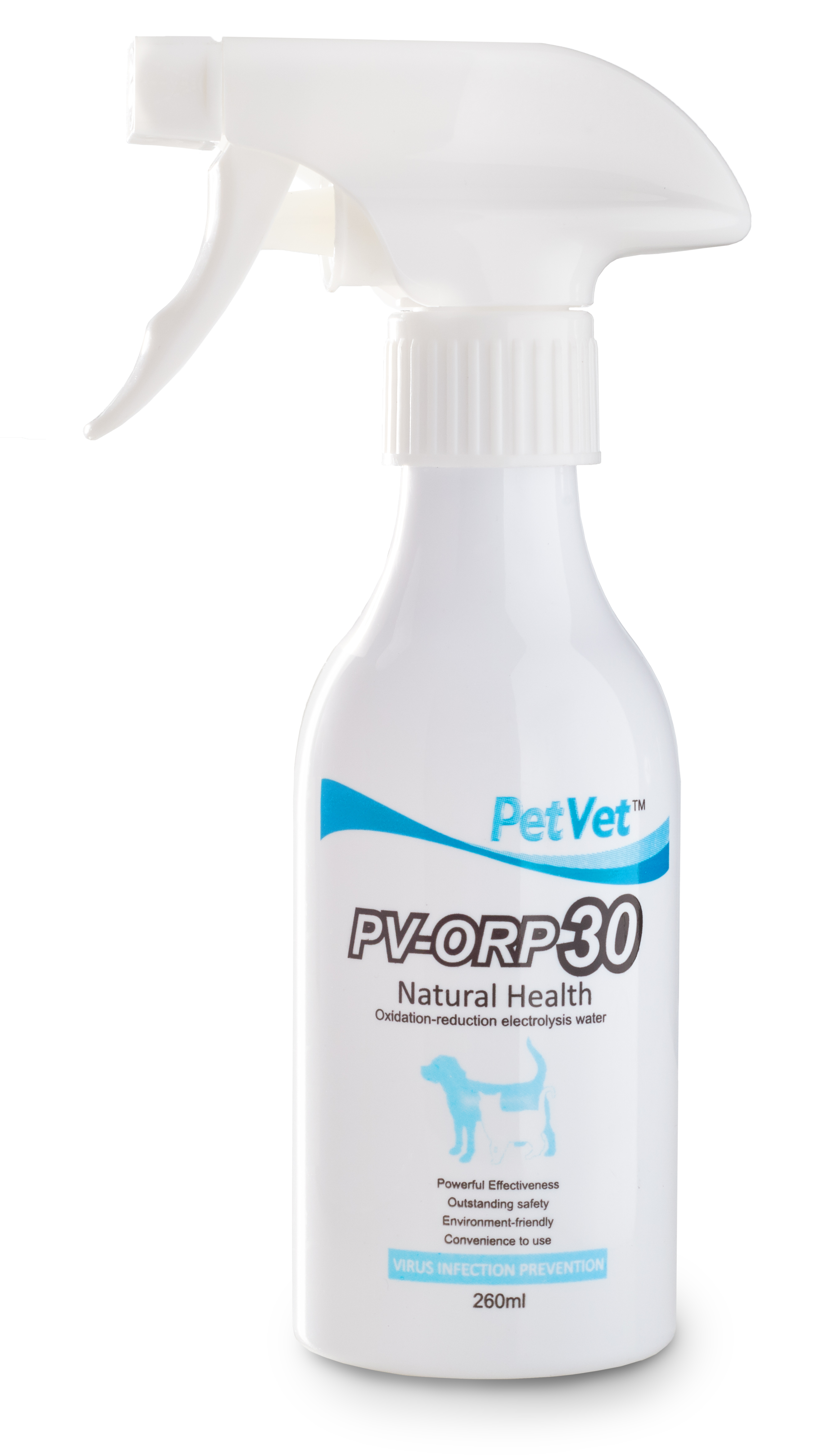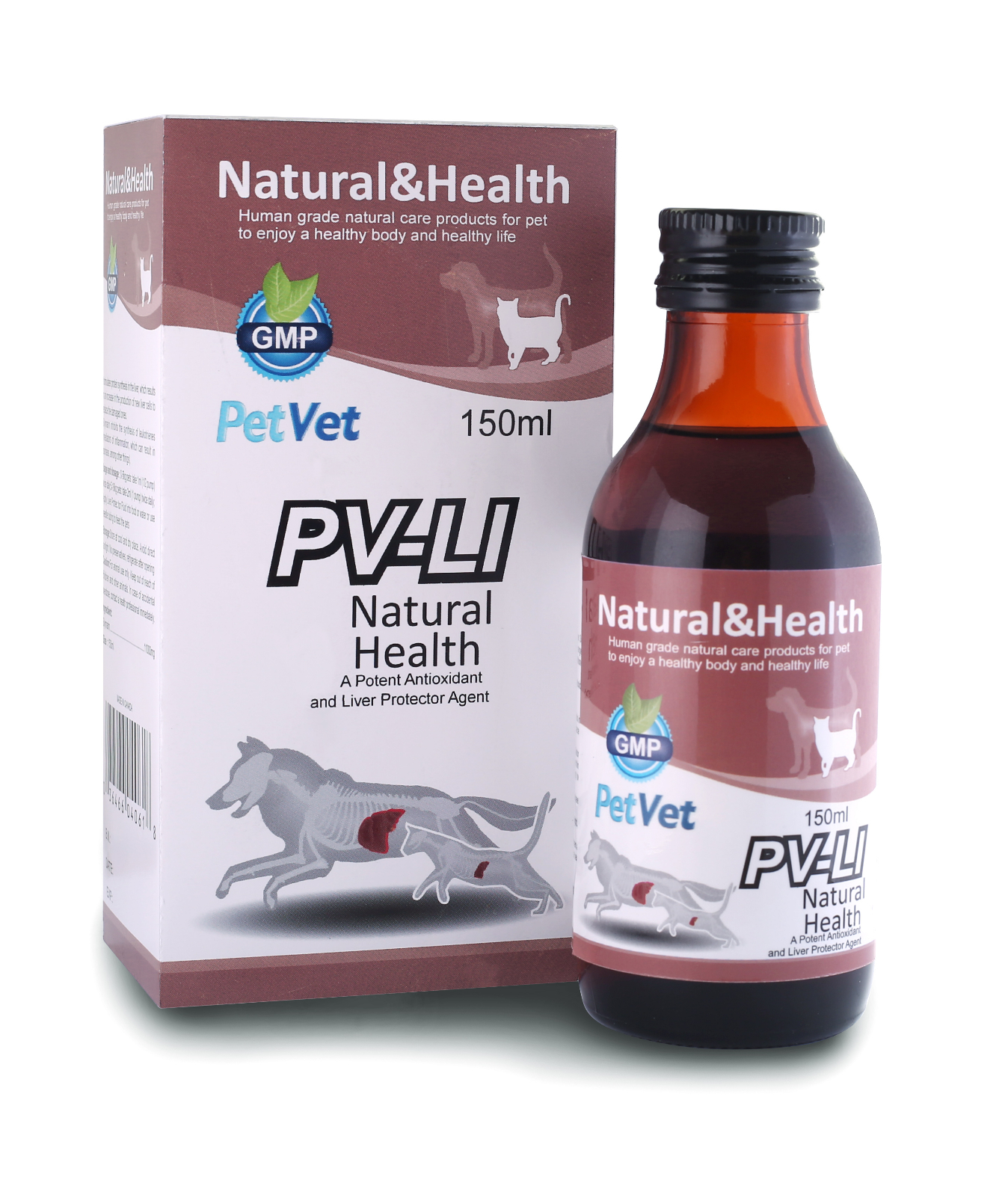
Silymarin stabilizes the liver cell membrane and enhances liver metabolic capacity and reconstructs damaged liver cells. In the milk thistle contains flavonoids, with liver function of the active ingredient, is now collectively referred to as silymarin substances, mainly for the treatment of liver diseases, including acute and chronic hepatitis, cirrhosis, fatty liver, cholangitis, Psoriasis embolism. Although silymarin is only present in the seeds of milk thistles, other parts are generally believed to have a positive effect on increasing appetite, bile secretion, help digestion, and liver function.
Functions :
- Regenerate liver cells damaged by drugs
- Decongest the liver (A liver decongestant stimulates bile flow through the liver and gallbladder, thus reducing stagnation and preventing gallstone formation and bile-induced liver damage.)
- Increase the survival rate of patients with cirrhosis
- Complement the treatment of viral hepatitis
- Protect the liver against pharmaceuticals that stress the liver, such as acetaminophen and tetracycline
- Antidote and prevent poisoning from the death cap mushroom, Amanita phalloides
How does silymarin work?
As an antioxidant, silymarin scavenges for free radicals that can damage cells exposed to toxins. Silymarin has been said to be at least ten times more potent in antioxidant activity than vitamin E.
It can increase glutathione in the liver by more than 35%. Glutathione is responsible for detoxifying a wide range of hormones, drugs, and chemicals. High levels of glutathione in the liver increases its capacity for detoxification.
Silymarin also increases the level of the important antioxidant enzyme superoxide dismutase in cell cultures.
It stimulates protein synthesis in the liver, which results in an increase in the production of new liver cells to replace the damaged ones.
Silymarin inhibits the synthesis of leukotrienes (mediators of inflammation, which can result in psoriasis, among other things).
Ingredients:
Silymarin ..........11000mg


